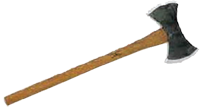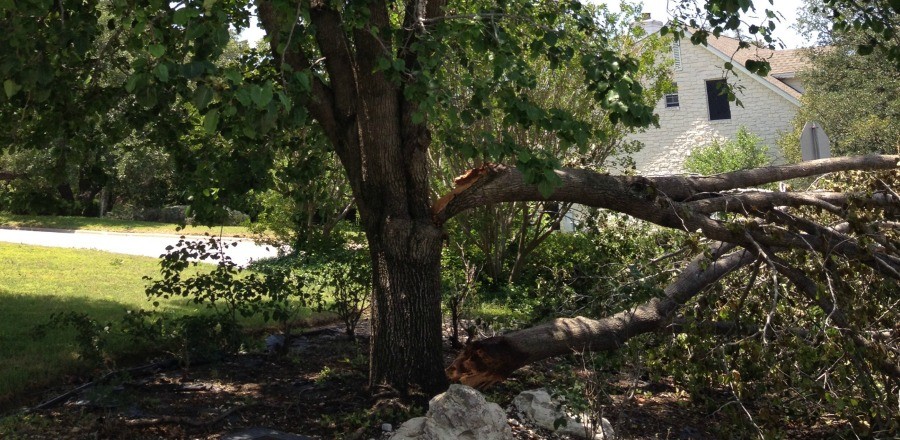Trees provide numerous benefits to those living and working in the urban or country environment. These benefits increase as the age and size of the trees increase. However, as a tree gets older and larger, it is more likely to shed branches or develop inner decay or other issues such as insect & disease damage, drought etc, that can predispose it to failure.
In assessing and managing trees, we should strike a balance between the risk that a tree poses and the benefits that individuals and communities derive from trees.
A “hazard tree” is a tree with structural defects likely to cause failure of all or part of the tree, which could strike a “target.” A target can be a vehicle, building, or a place where people gather such as a park bench, picnic table, street, or backyard.
Inspect trees under your responsibility every year. Tree inspections can be done at any time of year, leaf-on or leaf-off. To be thorough, inspect trees after leaf drop in fall, after leaf-out in spring, and routinely after severe storms.
Hazardous defects are visible signs that the tree is failing. Certain signs to look for are as follows: dead wood, cracks, weak branch unions, decay, cankers, root problems, and poor tree architecture. A tree with defects is not necessarily hazardous unless there is a “Target” within striking distance.
Evaluating and treating hazard trees is complicated, requiring a certain knowledge and expertise. This blog post is intended to outline some of the basic problems that may alert you to a hazardous situation. Never hesitate if you think a tree might be hazardous. If you are not sure, have it evaluated by a professional. Contact us today and schedule an appointment with a certified arborist to evaluate the health of your trees.


Nobody wants to have a tree removed, but when hazards are present it is the only option. We tried to let a diseased tree in our front yard try and heal, but eventually it became too risky. You don’t want to risk it falling when you don’t want it to.